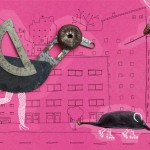
We often imagine animals as being either in the wilderness, far from the city, or imprisoned in zoos, while forgetting that there is also a richly diverse and mostly free-living urban fauna living alongside us. Experts and activists will reveal the richness of this natural treasure of Barcelona which is so near and yet so little-known to us.
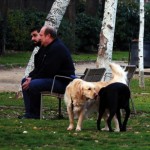
Urban wildlife and vegetation are not simply a reminder of the natural environment, with which we have an emotional attachment. We also have an obligation to care for them, if we want to contribute effectively to the creation of a functional city, connected to natural cycles and providing a habitable public space.
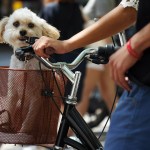
Living with a pet is a right, but it also involves taking on a series of responsibilities to satisfy the animal’s physical and emotional needs, as well as respecting the rights and well-being of other people.
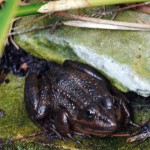
The reintroduction of the peregrine falcon, the Swallow Project and a pond management system that benefits amphibians and other aquatic creatures are examples of successful initiatives implemented to protect and give prominence to Barcelona’s natural heritage.
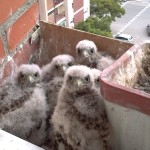
Most of the species that nest in buildings are birds of prey. Alpine and common swifts, swallows and bats usually eat small insects. In this sense, the role they play is vital.
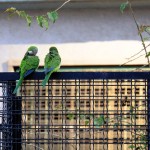
Xavier Ferrer, Sergi Herrando i Marc Anton
An abundance of food, few predators and a more stable and temperate climate are what draws birds to colonize the urban environment so effectively. The main benefits we get from this are intangible and to do with entertainment and aesthetic appreciation.
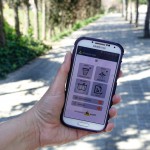
The emergence or re-emergence of certain diseases boils down to a change in the balance between three things – the host, the pathogen and the environment – and this change is due to many factors, most of them caused by human activity, in particular climate change and globalisation.
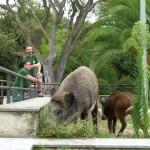
Once they have got used to human food, wild boar cannot re-adapt to their natural feeding habits and the only viable solution is to cull them, for ethical, legal, public liability, administrative and health reasons.
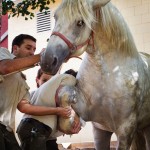
Project ZOOXXI was born from the ideals of anonymous citizens – activists, animal rights campaigners, university students, scientists and teachers – who question these urban facilities we call “zoos” that are heirs to the historical tradition of the human domination of other animals.
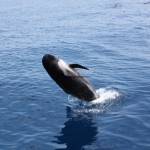
For years, Barcelona has been open to the sea, but we need to renew this connection and teach the public that the seafront still has natural treasures that should be seen as assets to the city and its inhabitants.
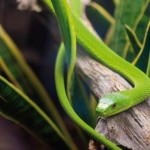
Exotic animals are on the wrong end of either strong aversion or offensive greed from humans. But they suffer even more on account of their lack of recognition as vulnerable creatures and because they have nowhere they can call home.
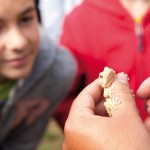
Dacha Atienza Ariznavarreta
A BioBlitz is a species identification exercise that takes place over twenty-four hours and is open to everyone. This method of bringing together professional scientists, naturalists and the general public is highly effective.
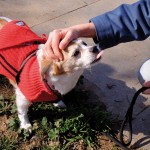
Almost half of Spanish homes have a pet, usually a cat or dog. We need to know how to prevent relationships that may have negative consequences and promote those that are beneficial to both humans and animals.















